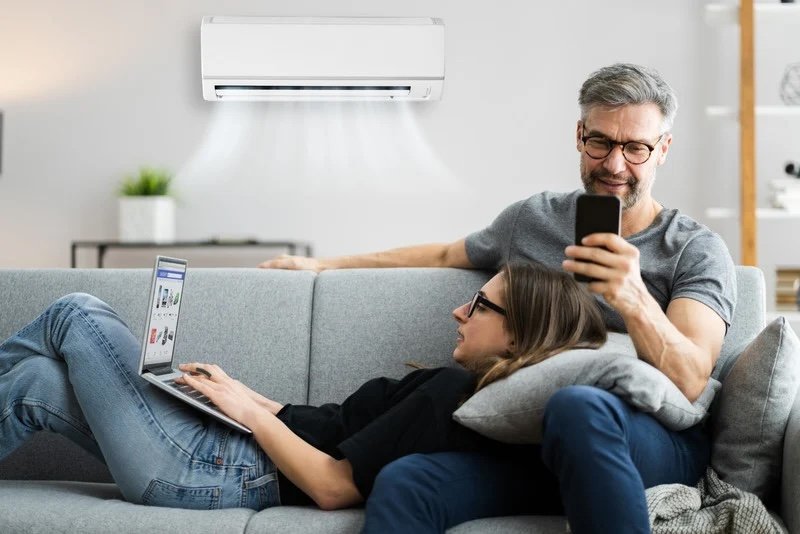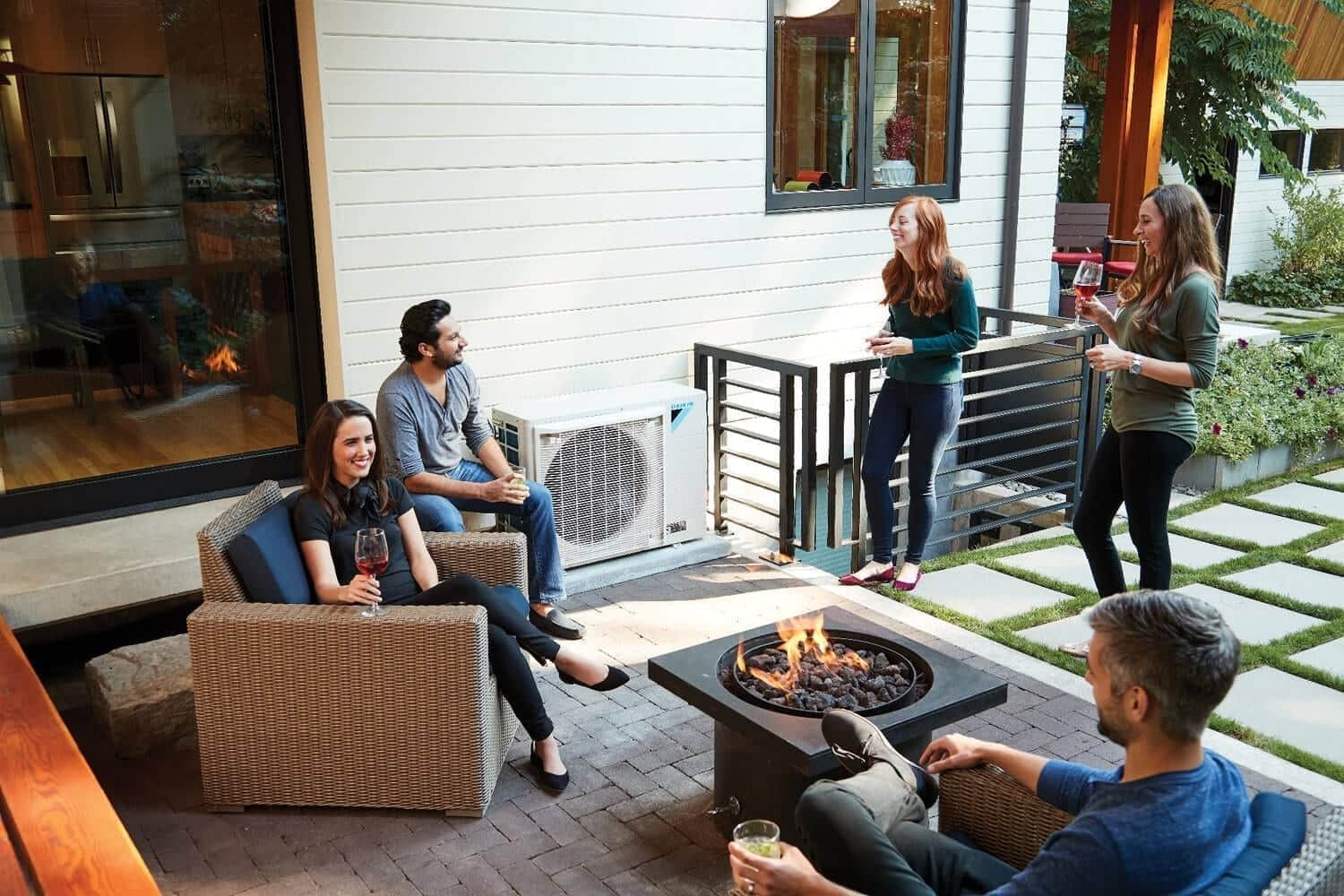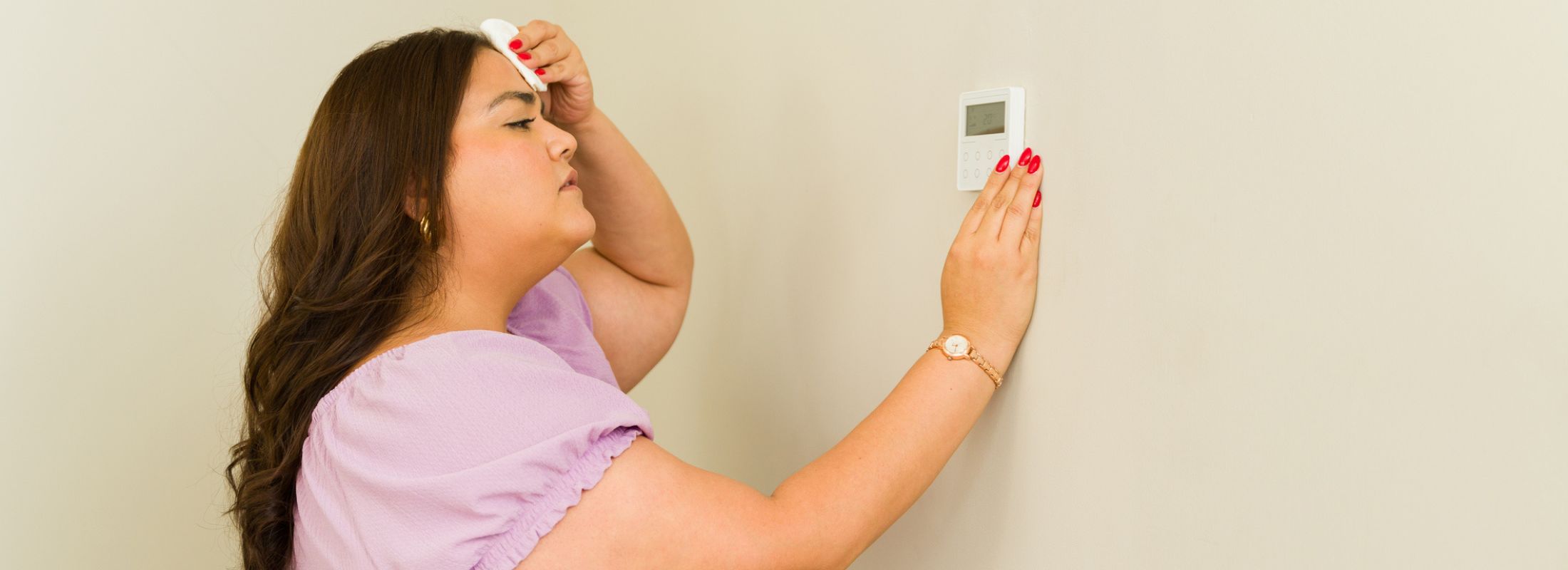Achieving the perfect furnace temperature setting for the winter will vary month to month in San Diego. Since the climate is relatively mild, some months are colder than others and it comes down to personal preference. However, staying warm during our cold winter months depends on many aspects of the furnace system, not just the reading on homeowners’ thermostats.
What is the Coldest Month in San Diego?
According to U.S. Climate Date, December through February tend to be the coldest months in San Diego. The average high temperatures come in at 65 degrees across all three months, with low temperatures of 48 degrees in December, 49 degrees in January and 51 degrees in February. February also has the highest average precipitation at approximately 2. 25 inches.
Since December, January and February see the coldest months, especially when the temperature drops at night, it also means it is the busiest time for furnace companies. Most HVAC professionals recommend that homeowners begin thinking about their furnace maintenance in October and November.
By preparing the furnace for winter, homeowners will have warmth and comfort when it’s needed most and can ensure that they achieve their ideal temperature.
What is Best Temperature for a Furnace in Winter?
San Diego Gas & Electric recommends setting the thermostat as low as “comfort allows.” Comfort is a relative term and will change from person to person, but generally speaking, 68 degrees is the common magic number for daytime use and between 62 and 66 degrees in the evenings or while homeowners sleep.
In fact, SDG&E confirms homeowners can save approximately 5 percent of heating costs for every 2 degrees the thermostat is lowered. http://webarchive.sdge.com/sites/default/files/documents/958831753/FINAL_S1210056%20SDGE_2013FebruaryOnsert.pdf?nid=4081
Most homeowners find their comfort level much higher than the recommended settings at 68 degrees, especially in the cold nights. But with rising energy costs, what can they do to stay cozy and warm without breaking the bank?
Programmable Thermostats
Installing a smart or programmable thermostat helps homeowners stay on top of their furnace each winter, and with smart thermostats, homeowners can control the temperature from anywhere with wifi.
By investing in a thermostat that can be programmed to run a set cycle or a thermostat that can be programmed and controlled remotely, allows homeowners to ensure they can significantly lower the temperatures during times when no one is home. Homeowners can enable the furnace to kick on before they arrive home for maximum comfort, and if plans change? With a smart thermostat, homeowners can shut the furnace down on their phone or tablet.
The most important aspect is setting a routine and sticking to efficient temperatures.
Insulation
For the optimal level of efficient heating, insulation plays an important role according to Energy.gov. Most wasted heating, a and cooling in the summer, comes from heat loss through leaky ducts, the homes natural cracks and ventilation, and poor insulation.
Homeowners can have an efficient system, smart thermostat, set the temperatures to lower levels, but without sealing sources of heating leaks, energy will be wasted. There are several ways to insulate a home; homeowners can contact a licensed professional HVAC specialist and discuss ways to increase energy use in the home.
Maintenance
Earlier, we mentioned homeowners should begin thinking about their furnace prior to the cold San Diego months. Even if they are not cold enough to begin adjusting the furnace thermostat in October, it is the best time to schedule annual maintenance.
The terms and conditions of manufacturer warranties will vary, but most are similar in that they require the system to be professionally maintained. A furnace tune-up is also important as it will ensure all safety features are working properly.
If homeowners have a natural gas furnace, there are dangers of gas leaks such as carbon monoxide. California even requires homes using a natural gas furnace or other natural gas appliances to have carbon monoxide detectors installed in the home, and in very specific places.
Scheduling a furnace tune-up and safety inspection in the autumn months enables homeowners to get winter ready, learn how to use their new programmable or smart thermostat (a wise investment), address any repair or safety issues, and determine if there are more ways to save on energy and have the highest efficient system possible.
During the year, homeowners can also help to maintain their system with winter-ready furnace maintenance tips (link). The best thing they can do is regularly change their filter so the system is not working harder and their family is breathing clean air.
With regular filter changes, maintenance, proper insulation, and an easy to use programmable thermostat, homeowners can ensure an ideal temperature.
So, what is the Best Temp for a furnace during winter months? Energy resource guides will suggest temperatures to maintain high efficiency and lowered utility costs. HVAC professionals will generally have the same thoughts, but staying warm in the winter is a personal choice.
In many families and offices, the thermostat setting can be battle. While on family member wants to save on energy another wants a perfect 72-degree temp. Whatever the temp, the best focus for homeowners is to prepare the home for winter by addressing desired results. The best way to be prepared is to start early in October or November with a preseason maintenance and safety inspection.
And, if homeowners have an older system and are looking to upgrade to a higher efficient system, preseason is a great time for special deals and quick scheduling.
So, whether you are wanting summer climates inside your home this winter, or want to maximize efficiency, call the experts at Bill Howe. Bill Howe Heating & Air has over 45 years of experience in the field and installs the highest quality products.
Call 1-800 BILL HOWE (245-54659) today and our specialists will help you to achieve a cozy winter.




